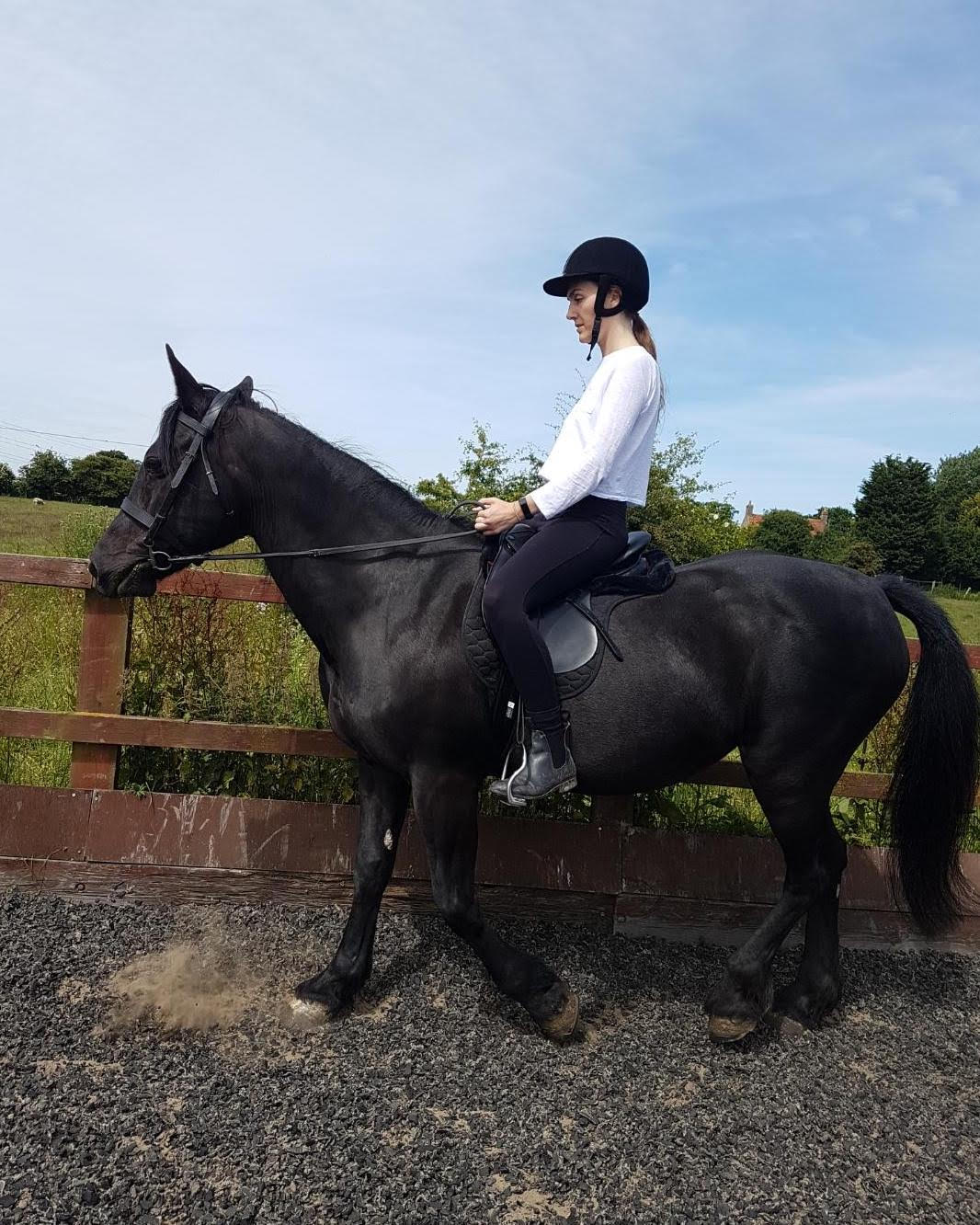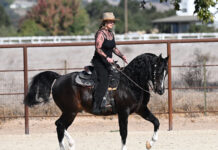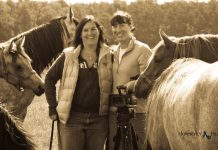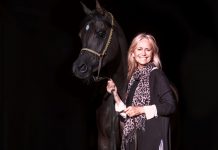With some studies suggesting that more than half of certain horse populations in the UK are overweight or obese, the British Equine Veterinary Association (BEVA) is urging owners to act now to prevent their horses suffering weight-related health and welfare risks come the Spring.
In today’s domesticated environment with greater access to forage, hard feed, stabling and rugs, horses and ponies can quickly pile on dangerous excess pounds. This significantly increases the risk of potentially fatal diseases such as laminitis as well as placing detrimental pressure on joints. If a horse or pony is overweight then its ability to perform any activity, competitive or otherwise, will be compromised.
Equine obesity is not a new problem, but it appears to be becoming more and more common and it’s not just ponies and native breeds that are susceptible. Studies have identified high levels of obesity in leisure horses and unaffiliated competition horses – especially those competing in showing and dressage.
“Not only are many horses being unintentionally over-fed, over-rugged, and under-exercised but, as perceptions of what constitutes a healthy weight have become distorted, overweight has become the norm,” said David Rendle from BEVA’s Health & Medicines Committee. “A recent survey of more than 500 horse owners confirmed that owners have a poor ability to visually identify overweight animals and that perceptions of ideal weight for animals participating in showing classes was perceived to be significantly greater than for other equestrian disciplines.”1
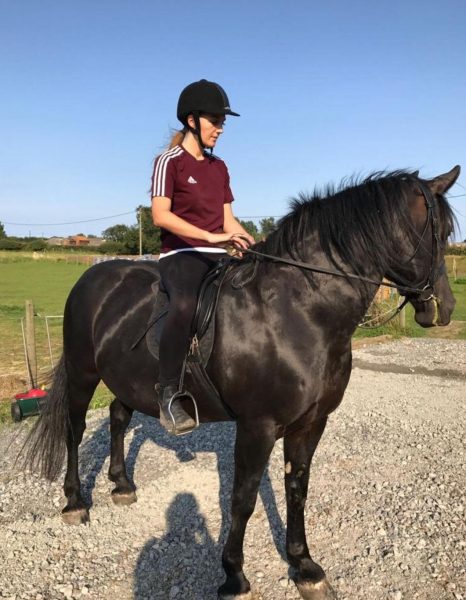
Ocko, a 17-year-old severely overweight cob mare, developed laminitis in March 2018 and was close to being put to sleep due to the amount of pain she was in.
Joe Mackinder, Oko’s vet at Rainbow Equine Hospital, Yorkshire, diagnosed equine metabolic syndrome. He provided a low sugar diet plan to help Ocko lose weight safely and because the horse was in such a bad way he prescribed medication to hasten her weight loss and help her laminitis.
Joe said: “Through the remainder of the winter Ocko was clipped and only had a lightweight rug so she could lose weight during the colder weather as horses are supposed to. The owners were very diligent with following advice and sticking to the diet plan. By August, Ocko was back in normal work and had lost a lot of weight. She was sound, had a lot more energy and was performing better.”
Ocko’s owner Andrea Hetherington said: “I would urge people to listen to their vet and stick to what they are asked to do – it’s not an overnight recovery, it takes time and patience.
“The changes made for Ocko are for life to ensure she stays as sound as possible. We now take pride in the fact we can see her ribs. We never realised how overweight she was and when we were warned she was gaining weight we made excuses. As a result we came within hours of losing her. We would never have forgiven ourselves.”
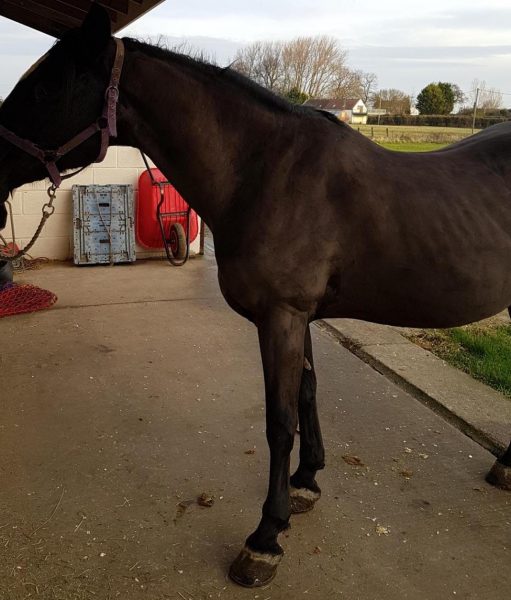
Lucy Grieve, Chair of BEVA’s Ethics & Welfare Committee, continued: “There seems to be a stigma attached to having a ‘fit’ or lean horse on many livery yards when, in fact, such a horse is highly likely to be healthier than its overweight neighbour.”
“I can’t emphasise enough that prevention is better than cure. Avoiding weight gain is notoriously easier than trying to effect weight loss, so spotting that your horse is starting to put on weight is critical. Vets and owners need to work together as a team and monitor horses routinely. Taking steps to support weight control now and establish a healthy weight for your horse or pony is important to reduce the increased risks come the Spring.”
BEVA is currently developing information and tools to help vets work with owners as a team to tackle equine obesity.
For further information visit www.beva.org.uk
1 Morrison et al, 2017
Images shown: Ocko before and after weight loss


